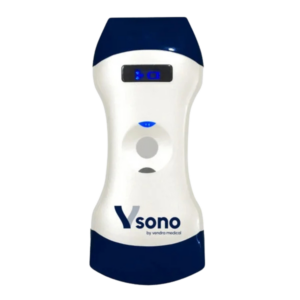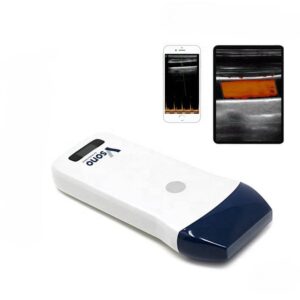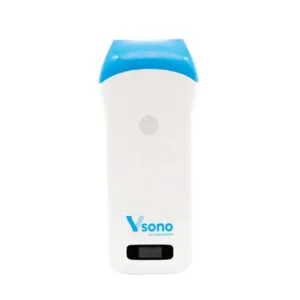The thyroid is a butterfly-shaped endocrine gland situated in the neck, just above the collarbone. Thyroid hormones control how the body consumes energy, and henceforth how fast the metabolism works. This includes how fast the body burns calories and how fast the heart beats. Ultrasound assessment of the thyroid is usually performed when the doctor (general practitioner, endocrinologist, etc.) suspects a disorder in the functioning of the thyroid.
Thyroid disorders are very common and tend mainly to occur in women, although anybody; men, teenagers, children, and babies, too, can be affected. About one in 20 people has some kind of thyroid disorder, which may be temporary or permanent.
The thyroid diseases can take different forms:
- Hyperthyroidism (Overactive thyroid): This happens when the thyroid gland produces too much of the thyroid hormone
- Hypothyroidism (Underactive thyroid): This happens when the thyroid gland does not produces enough of the thyroid hormone
- Thyroid cancer
- Thyroid nodules
- Thyroiditis
In the beginning, doctors generally start with testing the volume of the TSH in the blood. TSH is the main regulator of the thyroid. A venipuncture is needed to draw blood samples and then analyze them. TSH normal values are 0.5 to 5.0 mIU/L (UCLA Health).
When the TSH level is lower or higher than the norm (or even close to the limits), further examination will be required, and this is where the ultrasound assessment of the thyroid is performed, along with other blood tests.
High-resolution ultrasonography is the most sensitive imaging modality available for examination of the thyroid gland and associated abnormalities.
Thyroid ultrasound uses sound waves to produce pictures of the thyroid gland within the neck. It does not use ionizing radiation and is commonly used to evaluate lumps or nodules found during a routine physical or another imaging exam.
Which ultrasound scanner is the best for thyroid ultrasonography?
For an accurate thyroid examination, a high frequency (7.5 MHz to 10 MHz, according to radiopaedia.org) linear probe is recommended.
Color Doppler is also an important feature that’s needed to detect the blood flow and movement in the gland. This can be useful in the detection of toxic multinodular goiter, Graves’ disease, and thyroiditis.
Vendra Medical Team, in this case, recommends the Wireless Linear Ultrasound Scanner: Vsono-L1
Wireless Linear Ultrasound Scanner: Vsono-L1 is portable and battery-powered and can be used anywhere and anytime. This probe was designed for the scanning of different shallow areas of the body. The Vsono-L1 has a linear (i.e. flat) head with a frequency ranging from 7.5 to 10 MHz, allowing for a clear superficial scanning and an easier diagnosis.
References:
Thyroid Ultrasonography
Color Doppler sonography: Anatomic and physiologic assessment of the thyroid




